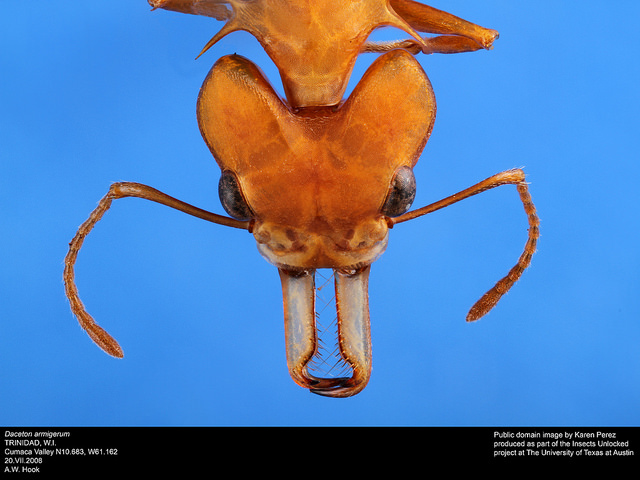For moth week I have definitely saved the best for last with Jerry Pallotta’s new Not a Butterfly Alphabet Book: It’s About Time Moths Had Their Own Book!, illustrated by Shennen Bersani.
Our family adored all of Jerry Pallotta’s nonfiction alphabet books. They are wryly humorous (as you can tell from the title) and full of quirky facts. That’s why we were thrilled to get our hands on this new one.
Don’t let the name “alphabet book” dissuade you. These are serious nonfiction books that use the alphabet as a way to organize information. This one highlights 26 different species of moths, from the giant Atlas moth to the gorgeous zigzag moth (you’ll see immediately how it got it’s name). Along the way readers learn about aspects of moth biology, such as facts about their mouthparts, wing scales, and life cycles.
Shennen Bersani’s amazing illustrations explode the myth that moths are drab or boring. You are likely to say, “Wow!” with every page turn. They are gorgeous. Seriously!
Not a Butterfly Alphabet Book will thrill budding entomologists and artists alike. Pick up a copy and find out why moths deserve their day in the sun.
Activity Suggestion: Make your own moth alphabet book.
Gather images, take photographs, or make drawings of 26 moths with names that start with the letters from a to z. For younger children, you might want to start with the free coloring pages at the National Moth Week website. Research facts about each species and write a paragraph or two for each different kind. Assemble the pages into a book to read again and again.
There are many online tutorials on how to draw different moths. Here is a simple one to get you started.
See the moth images in our previous posts about an insect alphabet, which is split into A-M and N-Z.
Age Range: 3 – 7 years
Publisher: Charlesbridge (November 5, 2019)
ISBN-10: 1580896898
ISBN-13: 978-1580896894
Thank you for participating in Moth and Butterfly Week. Related posts:
-
- Monday: Not a Bean book about Mexican Jumping Beans
- Tuesday: New adult-level book, Moths: A Complete Guide to Biology and Behavior
- Wednesday: Caterpillars in October with links to many science activities
- And be sure to check out other children’s books about moths and butterflies at Science Books for Kids
Disclosure: This book was provided by the publisher for review purposes. Also, I am an affiliate with Amazon so I can provide you with cover images and links to more information about books and products. As you probably are aware, if you click through the highlighted title link and purchase a product, I will receive a very small commission, at no extra cost to you. Any proceeds help defray the costs of hosting and maintaining this website.
 Come visit the STEM Friday blog each week to find more great Science, Technology, Engineering and Math books. Note: this is a new link as of 10/2018.
Come visit the STEM Friday blog each week to find more great Science, Technology, Engineering and Math books. Note: this is a new link as of 10/2018.









